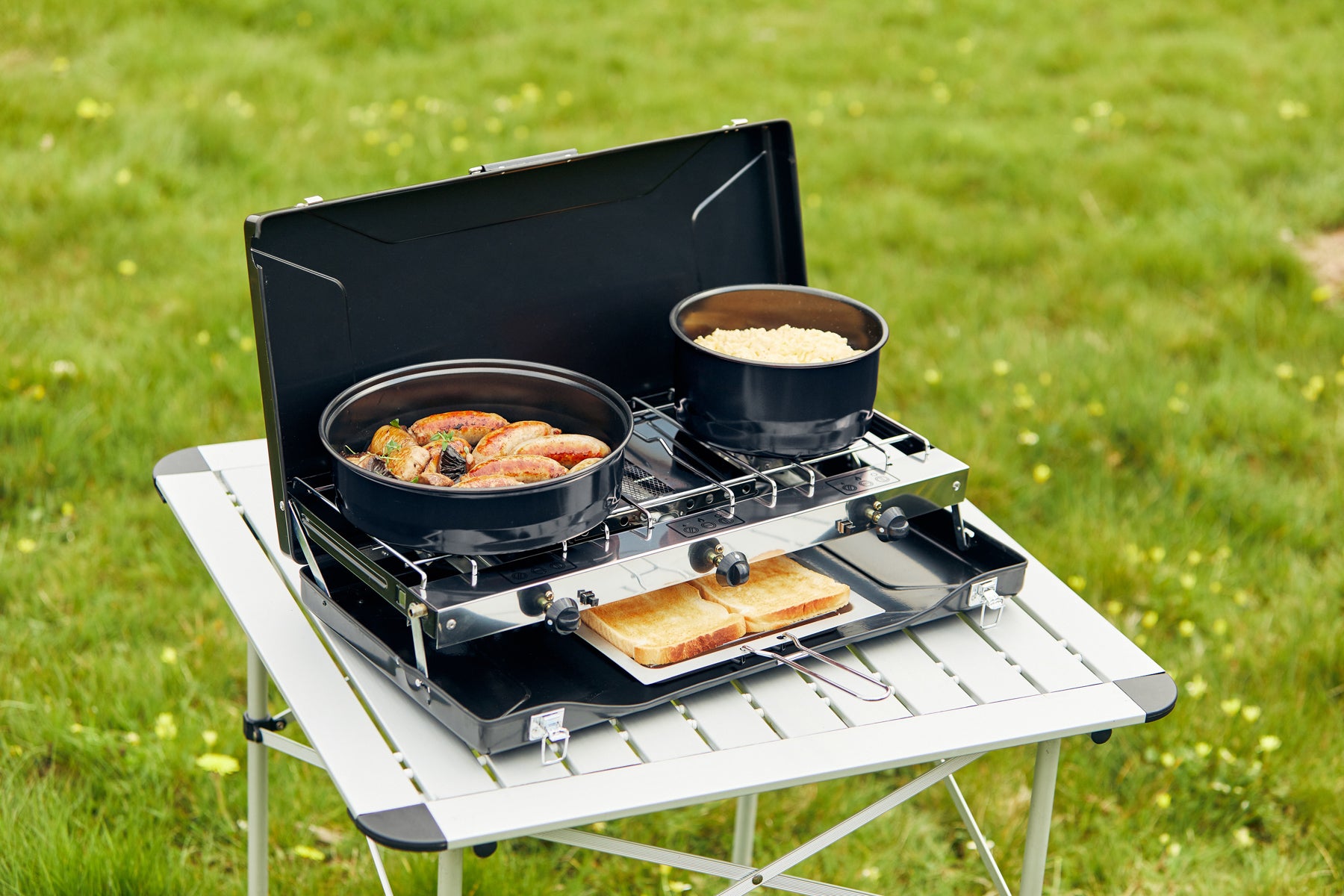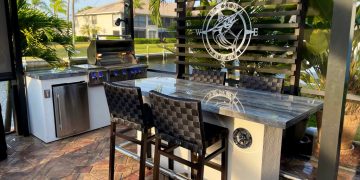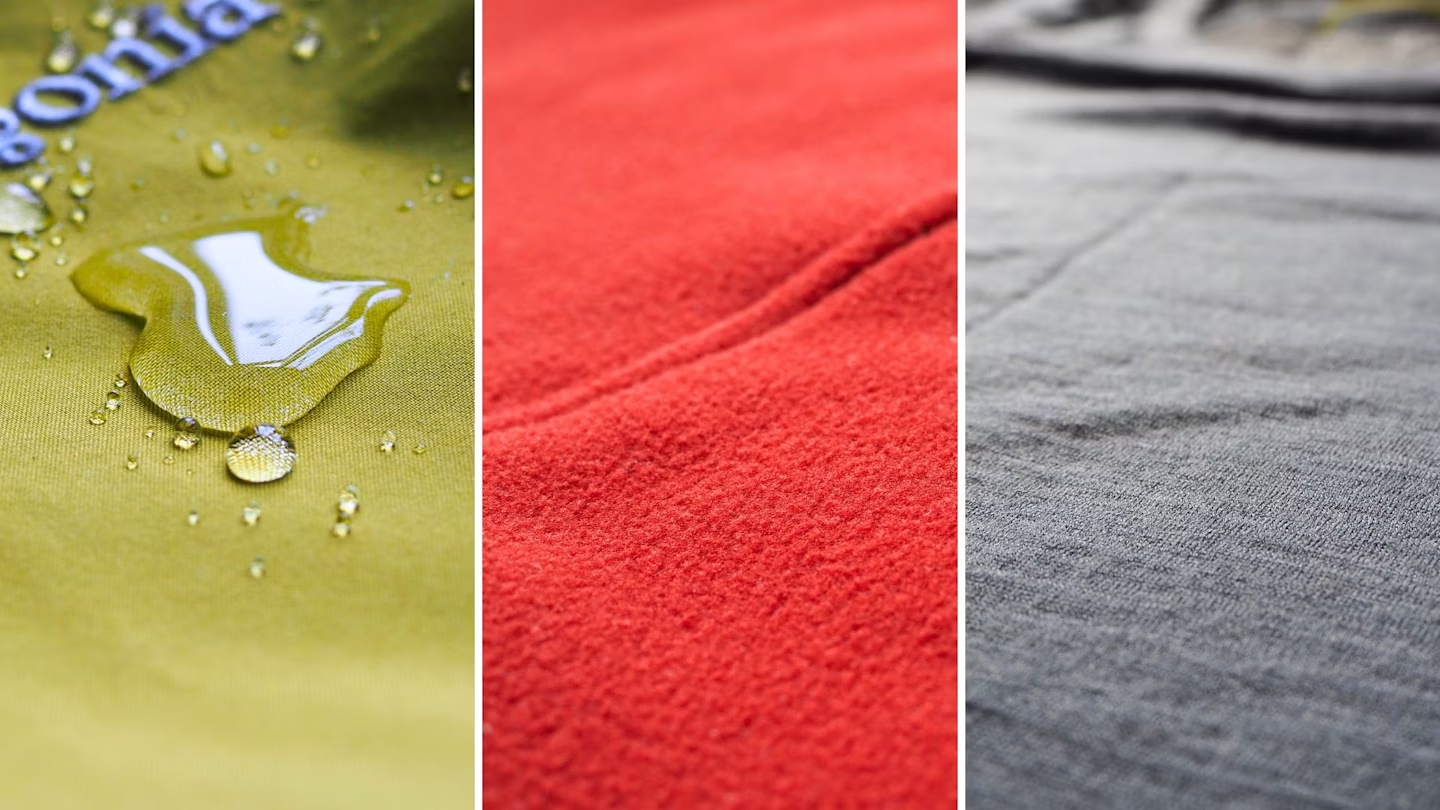Outdoor cooking is one of life’s great pleasures. Whether you’re camping in the wilderness, tailgating at your favorite sporting event, or just grilling in the backyard with friends, a well-chosen outdoor cooking system can make all the difference. However, with the multitude of options available—ranging from portable grills to elaborate camping stoves to high-end pizza ovens—finding the right one for your needs can be a daunting task.
This article will take you through the key factors to consider when selecting a good outdoor cooking system, and offer insights into making an informed decision based on your cooking style, budget, and needs.
1. Determine Your Cooking Style
Before diving into the specifics of types of outdoor cooking systems, it’s important to consider how you cook outdoors. Do you prefer to grill your food, or are you more into creating full meals using a stove or an oven? Knowing your cooking style will help narrow down your choices significantly.
- Grilling: If you’re someone who enjoys the simplicity and joy of grilling, then your ideal cooking system might be a gas or charcoal grill. There are a variety of options ranging from portable, compact grills for picnics to larger, more powerful models for backyard BBQs. Gas grills tend to be easier to manage and provide consistent heat, while charcoal grills offer a more traditional and smoky flavor.
- Multi-functional Cooking: For those who like to prepare a variety of meals, such as soups, stews, or even baked goods, a multi-function stove might be more fitting. These cooking systems can often handle both grilling and simmering, giving you a wider range of possibilities for outdoor cooking. Many of these systems run on propane and are lightweight and portable for camping trips.
- Pizza Ovens: If you dream of creating gourmet wood-fired pizzas or cooking bread in the great outdoors, a portable pizza oven could be the perfect addition to your collection. These are typically designed to heat up quickly and cook food at high temperatures, ensuring delicious results in a matter of minutes.
- Camp Cooking: For those who are into camping, hiking, or backpacking, selecting a compact, lightweight stove or burner is essential. These stoves run on small gas canisters or wood and can quickly heat up food or water with minimal effort.
2. Fuel Type
The type of fuel your outdoor cooking system uses is one of the most critical factors in making a decision. The fuel source will influence everything from your cooking speed to the flavor of your food. Here are some common fuel types:

- Gas (Propane, Butane, Natural Gas): Gas is arguably the most popular fuel for outdoor cooking because it’s clean, efficient, and easy to control. Gas cooking systems (either propane or butane) tend to heat up quickly, offer even cooking, and require minimal maintenance. Plus, gas is portable and widely available. Propane is the most common for grilling and camping stoves.
- Charcoal: For the true grill enthusiasts, charcoal offers that signature smoky flavor that gas simply can’t replicate. While charcoal grills can take longer to heat up and require a bit more attention to manage the fire, they create a unique flavor profile that many outdoor chefs swear by. Charcoal is ideal for slow grilling or smoking meat.
- Wood: If you’re aiming for that old-fashioned, campfire experience, a wood-burning stove or grill might be for you. These stoves can create the richest flavors, especially when cooking meats. However, managing a wood fire can be a bit trickier and less predictable than gas or charcoal. Wood is also harder to find in some areas, making it less convenient than gas.
- Electric: Electric outdoor cooking systems are less common but are ideal for those living in areas where open flames are restricted or for those looking for easy control. They tend to be a bit less portable but are perfect for urban outdoor cooking or for use on a patio.
3. Portability
If your outdoor cooking system needs to go places—whether it’s on a camping trip, a tailgate event, or a weekend getaway—the portability of your system is a major factor. Here are a few considerations:
- Size & Weight: Think about how much space you have available and how easy it will be to transport your cooking system. Smaller, compact grills and stoves are ideal for campers, backpackers, and road trippers. If you’re just grilling in the backyard, you might prioritize a larger grill with more cooking space.
- Setup & Breakdown: Some systems are designed for easy setup and takedown, while others require more time to assemble. A camping stove with a quick fold-out design might be ideal for a one-person trip, while a more robust grill may take some time to assemble but will offer a more consistent cooking experience.
- Storage: If you plan to leave your cooking system outside year-round, consider how weatherproof it is. Some portable systems come with covers, and certain models are more resistant to the elements than others. A good storage solution can extend the life of your system.
4. Cooking Space
Cooking capacity is another crucial aspect when selecting your outdoor cooking system. The size of the grill or stove you choose will determine how many people you can feed at once and how much space you’ll need for food preparation.
- Small Grills/Stoves: These are best for 1-3 people, perfect for small gatherings, tailgates, or camping trips where cooking space is limited.
- Medium to Large Grills: These are designed for families, large parties, or more elaborate meals. They offer more cooking surface and can handle multiple types of food simultaneously.
- Modular Systems: For the truly ambitious outdoor chef, a modular cooking system allows for multiple burners, griddles, and even pizza stones or rotisseries. These systems can be expanded as needed, so you can cook everything from burgers to breakfast to a whole chicken, all at the same time.
5. Ease of Use and Cleaning
Ease of use is essential for an enjoyable outdoor cooking experience. The last thing you want is to spend more time setting up and cleaning than cooking and eating.
- Ignition Systems: Most modern outdoor cooking systems come with electronic igniters, making lighting the system quick and hassle-free. Manual ignition systems, such as those requiring a match or lighter, can be frustrating in windy or rainy conditions.
- Cleaning: Look for models that are easy to clean, particularly in terms of grease management. Some grills and stoves come with removable trays or drip pans, which make cleaning up after cooking much easier. Additionally, non-stick cooking surfaces or porcelain-coated grates can reduce the time spent scrubbing.
- Maintenance: Outdoor cooking systems require occasional maintenance. A system with a durable exterior (like stainless steel) and rust-resistant parts will be easier to care for in the long run.
6. Durability and Build Quality
Outdoor cooking systems are subjected to the elements, and their longevity depends heavily on their build quality. Choose a system made from high-quality materials that can withstand wear and tear. For example:
:max_bytes(150000):strip_icc()/121164004-56a5b32d5f9b58b7d0de0728.jpg)
- Stainless Steel: A popular choice for outdoor cooking systems because it is resistant to corrosion and looks great over time.
- Cast Iron: Some stoves and grills are made from cast iron, which retains heat very well. These systems are great for slow cooking, but they can be heavy and require regular seasoning to prevent rust.
- Aluminum and Other Lightweight Materials: These can offer portability and ease of use but may not last as long as heavier-duty materials.
7. Budget and Value for Money
Outdoor cooking systems come in a wide range of price points, from budget-friendly options to high-end, professional-grade systems. It’s important to balance the features you need with your budget. Ask yourself:
- What features are essential for your cooking style?
- How often will you use the system?
- Are you willing to pay extra for durability and added functionality?
Sometimes, investing a little more upfront will save you money in the long run if the system lasts longer and performs better.
8. Additional Features to Look For
- Wind Protection: If you plan to cook outdoors in areas where the wind can be a factor, look for systems with wind guards or features that help control the flames.
- Side Burners: Many larger outdoor cooking systems come with a side burner for making sauces, boiling water, or frying. This added feature can enhance your cooking experience.
- Temperature Control: Precise temperature control is essential for many types of outdoor cooking, particularly if you plan to bake or slow-cook.
- Infrared Technology: Some advanced grills come with infrared technology, which ensures an even heat distribution for quicker cooking times and juicier results.
Conclusion
Choosing the right outdoor cooking system is all about understanding your needs and preferences. Whether you want to grill, bake, or fry in the great outdoors, your cooking system should make the experience more enjoyable, not stressful. Consider the key factors—fuel type, portability, cooking space, and ease of use—when making your decision, and always think about how often and in what conditions you’ll be cooking. Ultimately, a good outdoor cooking system should help you elevate your outdoor cooking experience and make every meal memorable.























